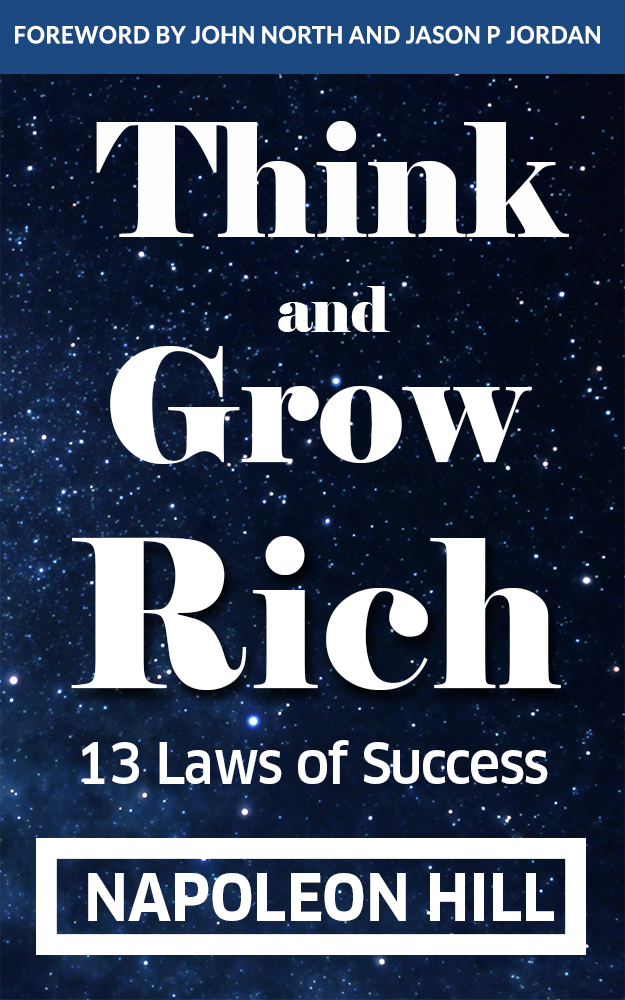Communication Harmony
The 3 Powerful Secret Words to Eliminate The Drama And Conflict From Every Conversation
by Karen Phillip
GRAB A COPY HERE: https://evolveglobalpublishing.com/show-book/B07WFBJZHV
"Communication Harmony" focusing on achieving clearer and more empathetic communication by understanding different communication styles and employing specific techniques.
Main Themes:
1. Gender Differences in Communication: The source emphasizes inherent differences in how men and women process information. Women can process multiple threads simultaneously ("seven to nine things at once"), while men typically focus on one or two. This disparity can lead to misunderstandings and conflict, with men feeling overwhelmed and women feeling unheard.
> "Women often want and can process multiple things almost at one time, while men normally need to concentrate on one or perhaps two specific issues at a time."
2. Neuro-Linguistic Programming (NLP) and Preferred Language Styles: NLP is presented as a tool to bridge communication gaps. The core concept is identifying a person's primary thought processing system—Visual (V), Auditory (A), Kinesthetic (K), or Auditory Digital (AD)—by observing their eye movements. By tailoring language to match their processing style, communication becomes more effective.
> "When you can learn to identify someone's predominant eye pattern, you can use that to identify how they process information... Once you know their style of thought processing, when you speak to them using language associated with that style of processing, they are more receptive to your words."
3. Power Words and Pausing: Three "power words"—"Yes," "I'm sorry," and "Thank you"—are highlighted for their ability to de-escalate tension and encourage receptivity. The key is not to use these words in isolation but to follow them with a deliberate two-second pause and then a statement framed in the other person's preferred language style.
> "Including a delayed pause places a different perspective completely on the tone of the sentence. It sounds far more meaningful and allows the brain to process the word."
4. Finding the Reason Behind Behaviour: Instead of reacting to negative behaviour with anger or frustration, the source encourages seeking to understand the reason behind it. This involves asking open-ended questions, listening actively, and approaching the situation with empathy and a genuine desire to understand.
> "None of us wakes up in the morning and decides to feel angry for the day... There is a reason behind everyone's behaviour. It is just a matter of realizing what it is."
5. The Impact of Nonverbal Communication: The source emphasizes the importance of body language, tone of voice, and physical touch. Understanding these elements in ourselves and others can lead to more impactful and authentic communication.
> "The tone of our words is as important, if not more so, than what it is we say... Vocal tone, therefore, is a very influential communication tool and one most of us forget about."
6. Subconscious Influences: Generalization, Distortion, Deletion: The source delves into how our subconscious processes can hinder communication. Generalization, distortion, and deletion are explained with examples and strategies offered for mitigating their negative impact.
> "Our mind is very efficient at deleting the things that we believe are unneeded to us at that time or unessential for us to survive."
Important Facts and Techniques:
Eye Movement Chart: The source provides a downloadable chart to help identify a person's primary thought processing style (VAKAD) based on eye movements.
VAKAD Language Examples: Specific words and phrases are provided for each processing style (e.g., Visual: "I see what you mean", Auditory: "That didn't sound clear to me").
Non-Directive Language: Suggestions are given for using less authoritative and more respectful language (e.g., "Could you please..." instead of "You need to...").
Breaking State: Techniques for disrupting negative emotional states are outlined, including changing physical position, using humor, or introducing a distraction.
Overall, "Communication Harmony" provides a practical framework for improving communication by understanding inherent differences in processing styles, employing NLP-based techniques, and approaching challenging conversations with empathy and a desire to understand.**
Communication Harmony FAQ
1. Why is it so hard to communicate with my partner (or family or coworkers)?
Men and women often have different ways of processing information and communicating. This can lead to misunderstandings and frustration. Women tend to process multiple things at once and communicate for relational purposes, while men typically focus on one or two issues at a time and communicate for information exchange. Recognizing these differences can help bridge the communication gap.
2. What is NLP and how can it improve my communication?
NLP stands for Neuro-Linguistic Programming. It's a communication tool that helps us understand how people process information and tailor our language accordingly. By observing eye movements, we can identify a person's preferred processing style: Visual (V), Auditory (A), Kinesthetic (K), or Auditory Digital (AD). Using language that aligns with their style can make them more receptive to our message.
3. What are "Power Words" and how do they work?
Power words like "Yes," "Thank you," and "I'm sorry," when used with a two-second pause and followed by language tailored to the listener's processing style, can de-escalate conflict and create a more receptive atmosphere for communication. These words, combined with the pause, signal empathy and create a space for the listener to process information.
4. Why is it important to find the "reason" behind someone's behavior?
Understanding the reason behind someone's seemingly irrational behavior can help us respond with empathy rather than anger. Often, these behaviors stem from past experiences or unmet needs. By taking the time to explore the reason, we can address the underlying issue and strengthen our connection with the person.
5. What are Generalisation, Distortion, and Deletion, and how do they affect communication?
These are subconscious processes that can distort our perception of reality:
- Generalisation: Applying one experience to all situations.
- Distortion: Altering information to fit our beliefs.
- Deletion: Filtering out information we deem irrelevant.
These processes, while sometimes helpful, can lead to misunderstandings and conflict.
6. How does body language influence communication?
Body language speaks volumes without words. Our posture, facial expressions, and gestures convey our emotions and attitudes. By learning to read body language, we can better understand others' feelings. Conversely, by being aware of our own body language, we can project confidence and build rapport.
7. Why is it important to ask for agreement before starting a difficult conversation?
Asking permission before launching into a sensitive topic shows respect and increases the likelihood of a productive conversation. It allows the other person to mentally prepare and participate willingly, fostering a more collaborative and less defensive atmosphere.
8. What is "breaking state," and how can it help during a disagreement?
Breaking state is a technique used to disrupt negative emotional states and redirect focus. This can be done by calling someone's name, changing physical positions, using humor, or introducing a visual or auditory distraction. By shifting the energy, we can create space for calmer and more rational communication.






